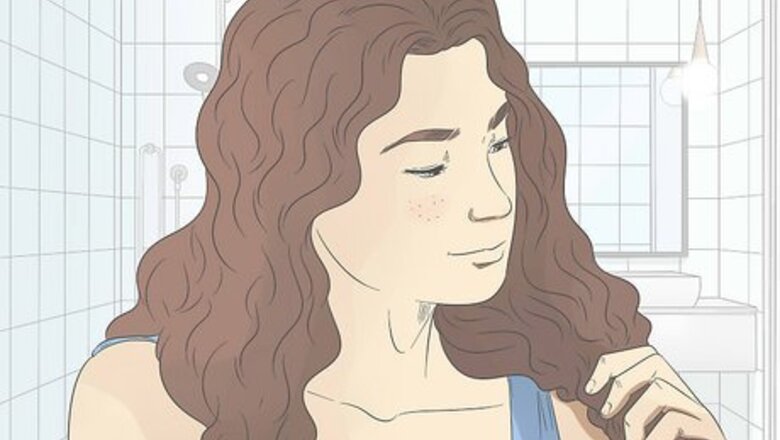
views
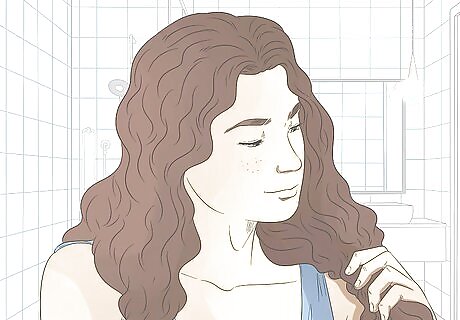
Decide if your hair needs a protein treatment. If your hair is bleached, fine, blonde or long, you may benefit from some kind of protein. Hair that is loosely wavy also seems to need more protein than very curly hair. This treatment is strong enough to cause protein overload, so it is important to know the signs of protein overload in hair before you begin. A gelatin treatment is stronger than other homemade protein hair masks as the gelatin is hydrolyzed, which means it is small enough to stick to the hair for longer than one wash.
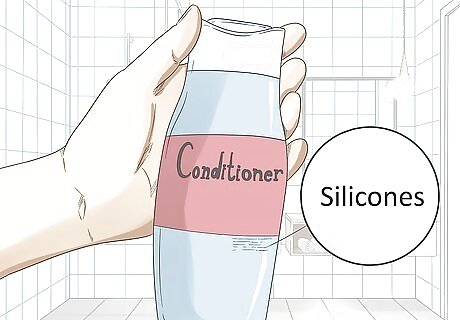
If your regular hair products include silicones, clarify your hair.

Mix the gelatin with a little cold water so that there are no lumps and let it sit. The gelatin grains will expand in water and eventually have the consistency of thick applesauce or mashed potato. Use as little cold water as you can in this step - try four teaspoons of water to start off with.
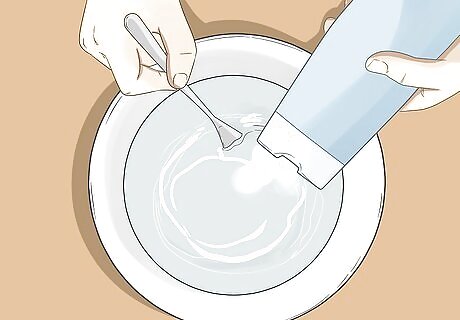
Measure twice as much silicone-free and protein-free conditioner as there is gelatin into a second container and heat it gently. Don’t let it boil.
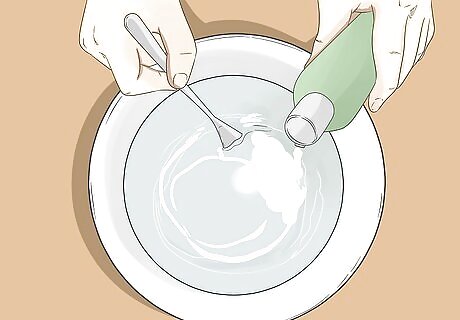
Mix the gelatin grains into the hot conditioner and add coconut oil. The bloomed gelatin will dissolve into the hot conditioner, leaving your conditioner slightly thicker than it was when cold. The coconut oil will melt into the conditioner.
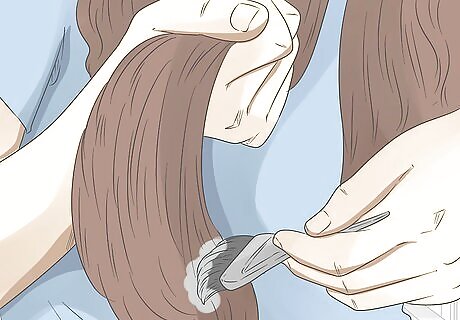
Test the temperature, then apply to your detangled hair while warm or hot as follows: Hair growing out of the crown, root to tip. Ends of the hair and mid-sections of the hair. Roots of the hair. Hair can be dipped into the mixture, or the mixture can be applied to the hair like papier mâché. It is easier to apply using your hands, but this can get messy. If your hair becomes rough and very tangly while applying the mask, your hair does not need the mask! Rinse it out immediately and apply a moisturising hair mask.
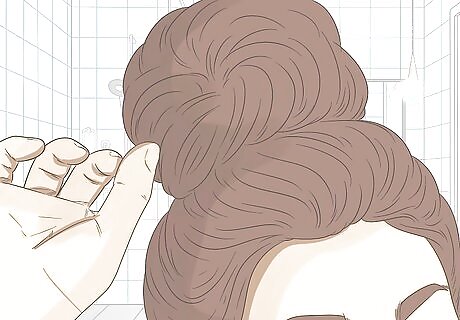
As the gelatin cools and sets, it will be harder to apply. With practice, it gets easier to apply it while it’s still warm. Long hair can be carefully wound up into a bun while the gelatin is hot, but this means that the length of the hair does not get heated by the hairdryer and won't be as effectively conditioned. If the gelatin cools and sets, rewarm it with your hands or hotter gelatin from the pot.
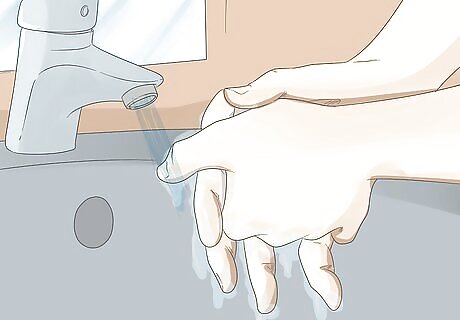
Wash your hands and tidy up. Wipe the container you used to make the treatment out with paper towel and discard the paper towel. Then rinse the container in hot water after you're done and scrub well when you wash it. Any excess of the mask can be frozen for later use.

Use a hairdryer to help set the gelatin. Do not touch or move the hair while drying it, only move the hairdryer so that all areas can be heated. This is particularly useful if you have let it set at room temperature and the gelatin has 'beaded' on your hair. Do not leave this mask on for longer than half an hour.

When dry and hot, rinse your hair under warm water to start rehydrating the gelatin. Let the water soak into the gelatin before you start touching your hair.
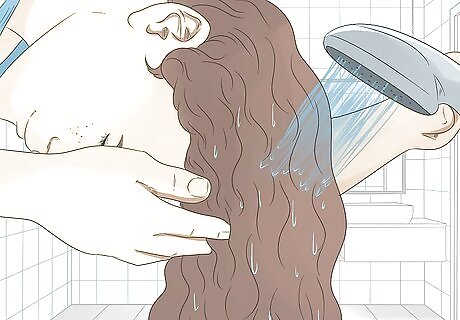
Rinse hair until water runs clear. You should not need to use shampoo at this point, because you have mixed your gelatin with a lot of hair conditioner. If you adapt the amounts to use less hair conditioner (such as a small squirt), you may need to shampoo your hair to effectively remove the gelatin.
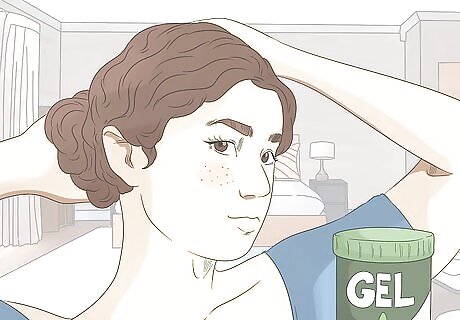
Apply hair gel with glycerin in it and let your hair air-dry. If you have a glycerin allergy, try another humectant such as aloe vera gel.



















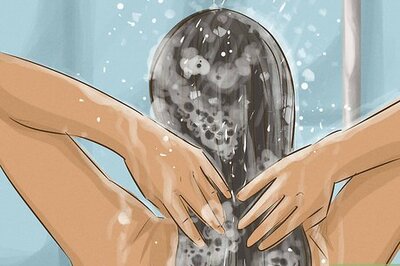
Comments
0 comment